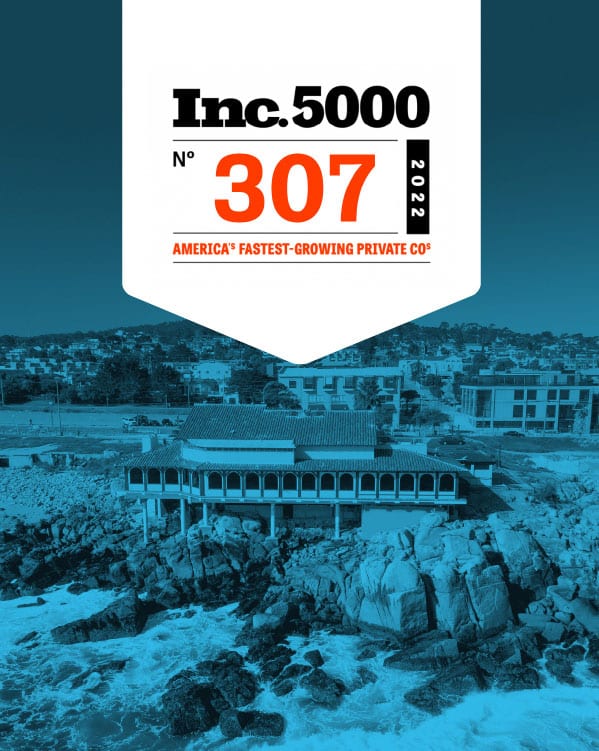As November begins and the holiday season draws nearer, we look at some of the recent trends, recurring issues, and the forecasts that the Commercial Real Estate world faces. As pandemic-related issues continue to plague the industry; investors, developers, and contractors are having to navigate rising material costs, labor shortages, and long delivery times for materials. These are causing many companies to second guess projects, with many jobs being put on hold and future projects being scrapped. However, as these problems persist, other sectors of commercial real estate have been seeing rising property values and an influx of investors.
Rising Prices
Demand for projects in commercial real estate has been steady, but with this comes the issue of high material costs associated with elevated construction costs. According to a construction outlook report from JLL, “average final construction costs for a commercial project had increased 4.5%” in the month of August. Predictions are that this number will likely pass 6% by year end. Some are now even reporting that contractors have been declining to bid on new projects due to being so busy with current projects.
Rising Lumber and Steel Prices
The price for raw materials such as lumber skyrocketed earlier this year before coming back down, but October has seen this rising prices once again. Prices for lumber have been a driving component of this increase in costs, with some forecasting rising lumber prices through early or middle 2022. Joe Sanderson of Domain Timber Advisors, a timberland investment management organization, believes that prices will reach an equilibrium point between supply and demand, which could help bring prices down.

While lumber prices continue to fluctuate and rise, steel and aluminum are other materials that have seen their costs rise sharply due to the pandemic. Iron and steel have seen prices nearly double, with a 95.2% price increase year over year; simultaneously prices for aluminum are up 63% in that same time frame. Demand has far outpaced supply for steel and aluminum, a problem faced in the case of many raw materials. However, unlike lumber, the thinking is that demand for steel and aluminum will continue to outpace supply, driving the price higher.
One caveat that could play a role in material prices moving forward is the infrastructure bill in congress. Should the bill go through, large orders of many already scarce materials would potentially drive the prices even higher. Should the bill go through, we would see an increase in demand for building materials such as these. The consensus is that high material costs will continue into the new year, with hopes that these prices will drop before spending from the bill floods the market.
Labor Shortage
Coupled with rising prices is also the labor shortage that has affected many industries across the economy. Unemployment in construction for the month of September has been slightly lower than the overall unemployment rate, 4.5% for construction and 4.8% overall; with the numbers from October’s job report available November 4th. Labor shortages have played a larger role in extended job times than the rise in material costs. This is expected to be constructions biggest hurdle moving forward.

CRE Trends
Within commercial real estate, not all sectors have been equally hit by the problems that presented themselves with the pandemic. In Real Capital Analytics’ latest US Capital Trends report, deal volume was $450 billion in the first three quarters of the year; a number that has not approached these levels since 2007. This volume of deals was mostly charged by sales in the apartment and industrial classes, which made up 60% of total activity.
One example of this is Harbor Group International’s purchase of the 38-story CBS/Viacom “Black Rock” headquarters. In this instance, it’s about buying at a discount to historical prices per foot and being in a strong location, according to Richard Litton, president of Harbor Group International. The 870,000-square-foot building was sold by ViacomCBS for $760 million; down from their pre-pandemic asking price of more than $1 billion. As office space has been one of the hardest hit sectors of the commercial real estate market, companies such as Harbor Group International are taking advantage of lower valuations.

Another emerging trend has been an increased demand for more niche developments, with Boston seeing strong demand for office space from its life sciences industry. Boston has been a top city with regards to its post-pandemic recovery efforts, ranking as the U.S. leader in office market performance. Being a major life science center for the country, it is no surprise that the demand for offices is mainly driven by the life science industry.
While this is a trend that has been specific to the city of Boston, it does highlight an interesting strategy. It represents that office spaces used in a traditional business setting have struggled from the pandemic. But as demand for more niche types of spaces soars, retooling and redesigning office spaces to fit the need for these industries has become prominent. Other specialty items such as self-storage, cold storage, and data centers are all sectors of the market with increased demand and a lack of supply.
